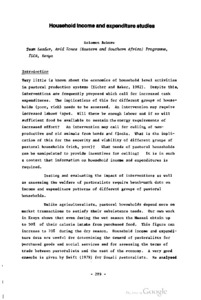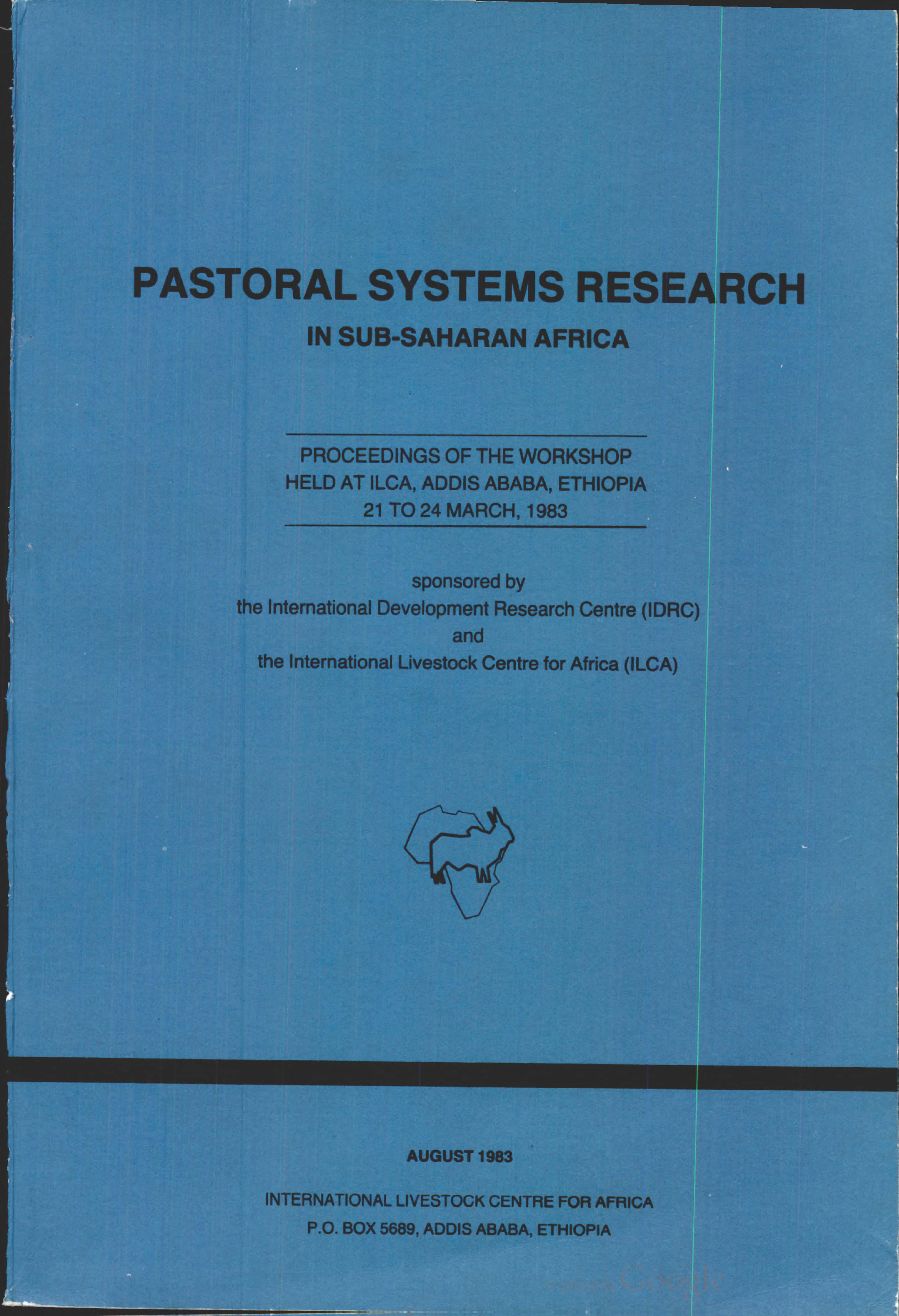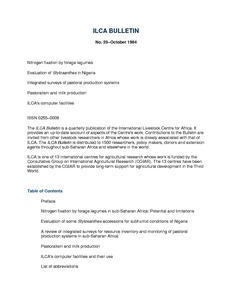Herd management and breeding practices of sheep owners in a mixed crop-livestock and a pastoral system of Ethiopia
An exploratory survey was undertaken to understand sheep production system, breeding practices and selection criteria for Ethiopian Menz and Afar sheep breeds in their home tract as a step towards developing sustainable sheep breeding strategies. The mean sheep flock size was 31.6 in Menz and 23.0 in Afar area. Half of the pastoralists (Afar) and one-fifth of smallholder farmers (Menz) do not have a breeding ram. Mating was predominantly uncontrolled. Higher chance of mixing sheep flocks was reported in most of the seasons.









